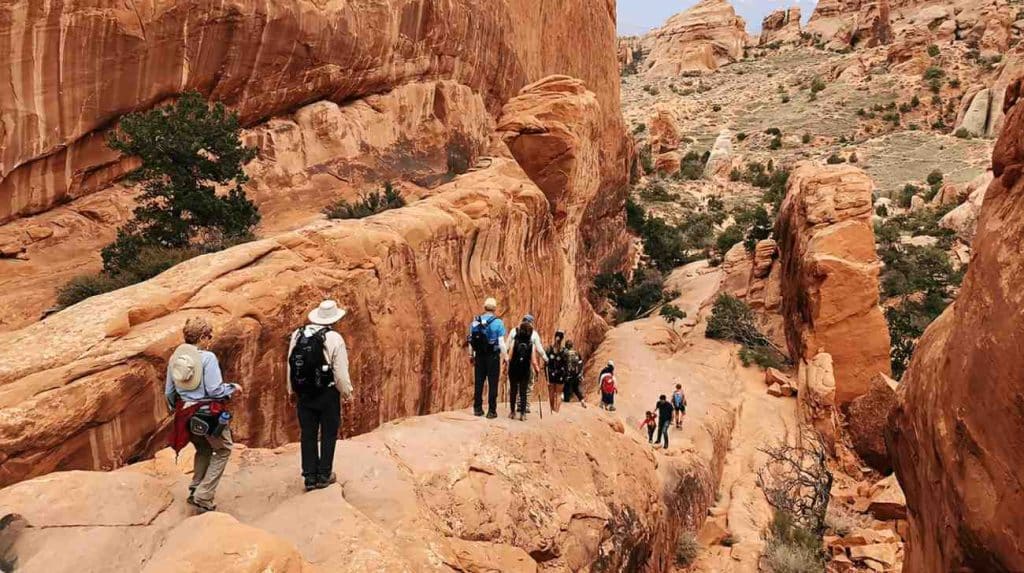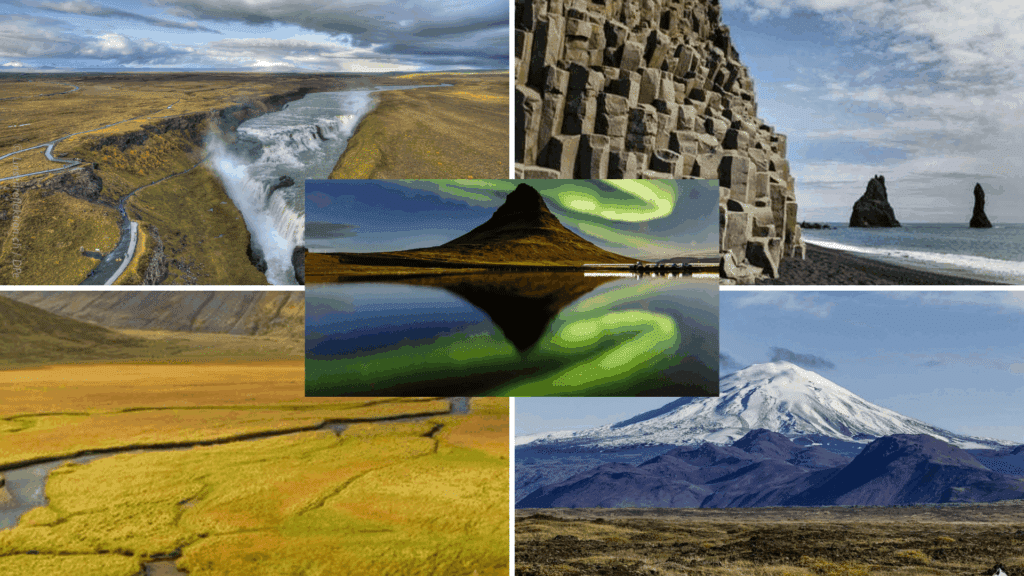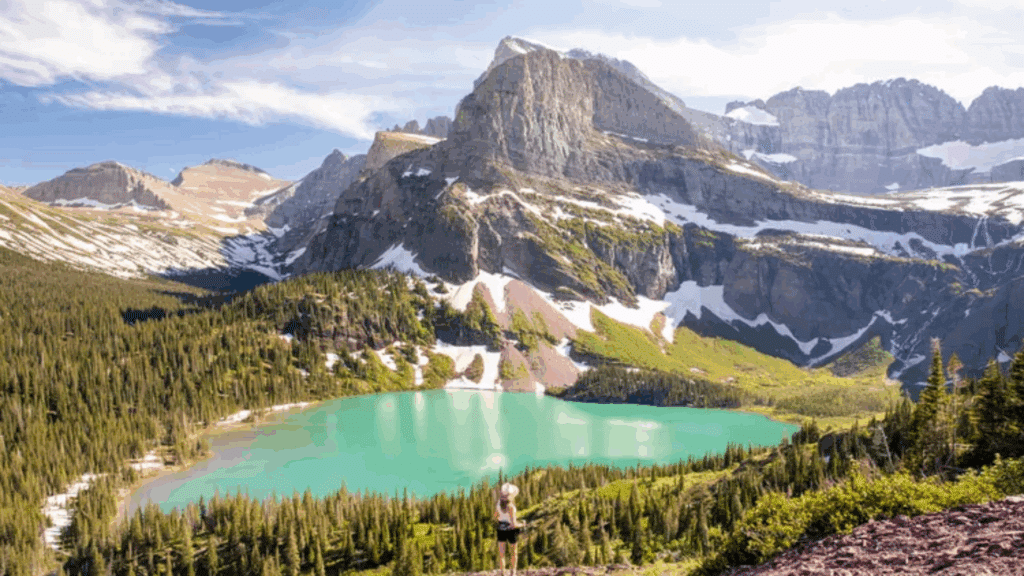Ever wondered what it feels like to walk through a natural sculpture gallery carved by millions of years?
Arches National Park delivers exactly that experience with over 2,000 sandstone arches scattered across stunning red rock landscapes.
This Utah gem offers hiking adventures for everyone. Families can enjoy easy walks to iconic formations. Experienced hikers can tackle challenging backcountry routes through slot canyons.
The park’s best hikes showcase nature’s most impressive artwork. From the world-famous Delicate Arch to hidden gems in Devil’s Garden, each trail tells a unique geological story.
Planning your visit requires knowing which trails match your fitness level. Weather conditions and crowds can make or break your experience. Let’s scour the top hiking destinations that make Arches National Park unforgettable
Best Hikes in Arches National Park
Arches National Park offers some of Utah’s most stunning hiking experiences. From easy family walks to challenging backcountry routes, there’s something for every skill level.
These five trails showcase the park’s most famous rock formations. Each hike provides unique views and photo opportunities you won’t find anywhere else.
Let’s explore the top hiking trails that make Arches National Park a must-visit destination.
1. Delicate Arch Trail
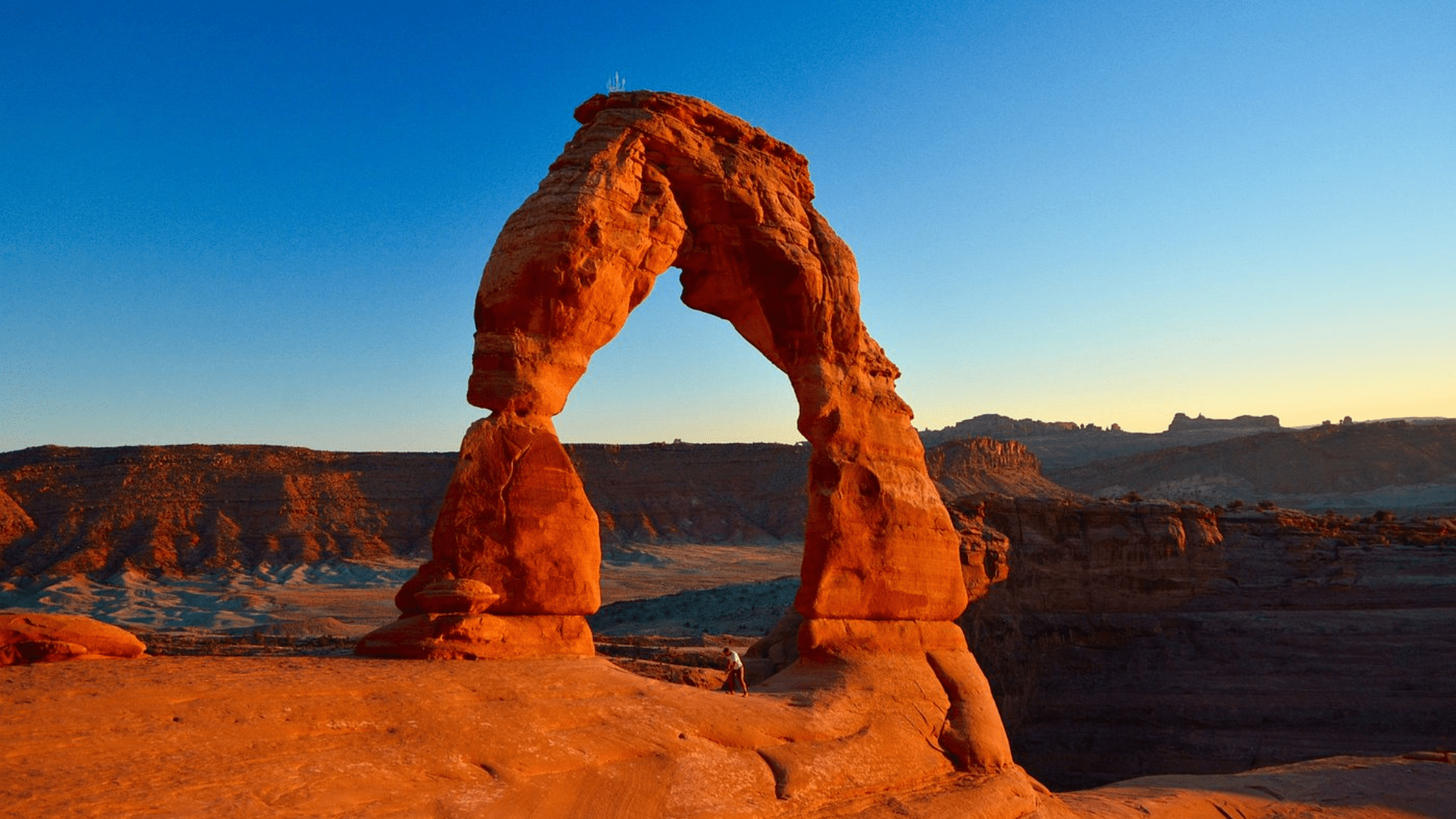
SOURCE: TRIPADVISOR
| Difficulty Level: Moderate | Estimated Time: 1.5-2 hours |
| Distance: 3 miles round-trip | Elevation Gain: 480 feet |
This iconic trail leads to Utah’s most famous natural arch. The path crosses slickrock with minimal shade, so bring plenty of water.
The final approach requires scrambling over smooth sandstone. Most hikers find the terrain manageable with proper footwear.
Early morning and late afternoon provide the best lighting for photos.
2. Devil’s Garden Trail
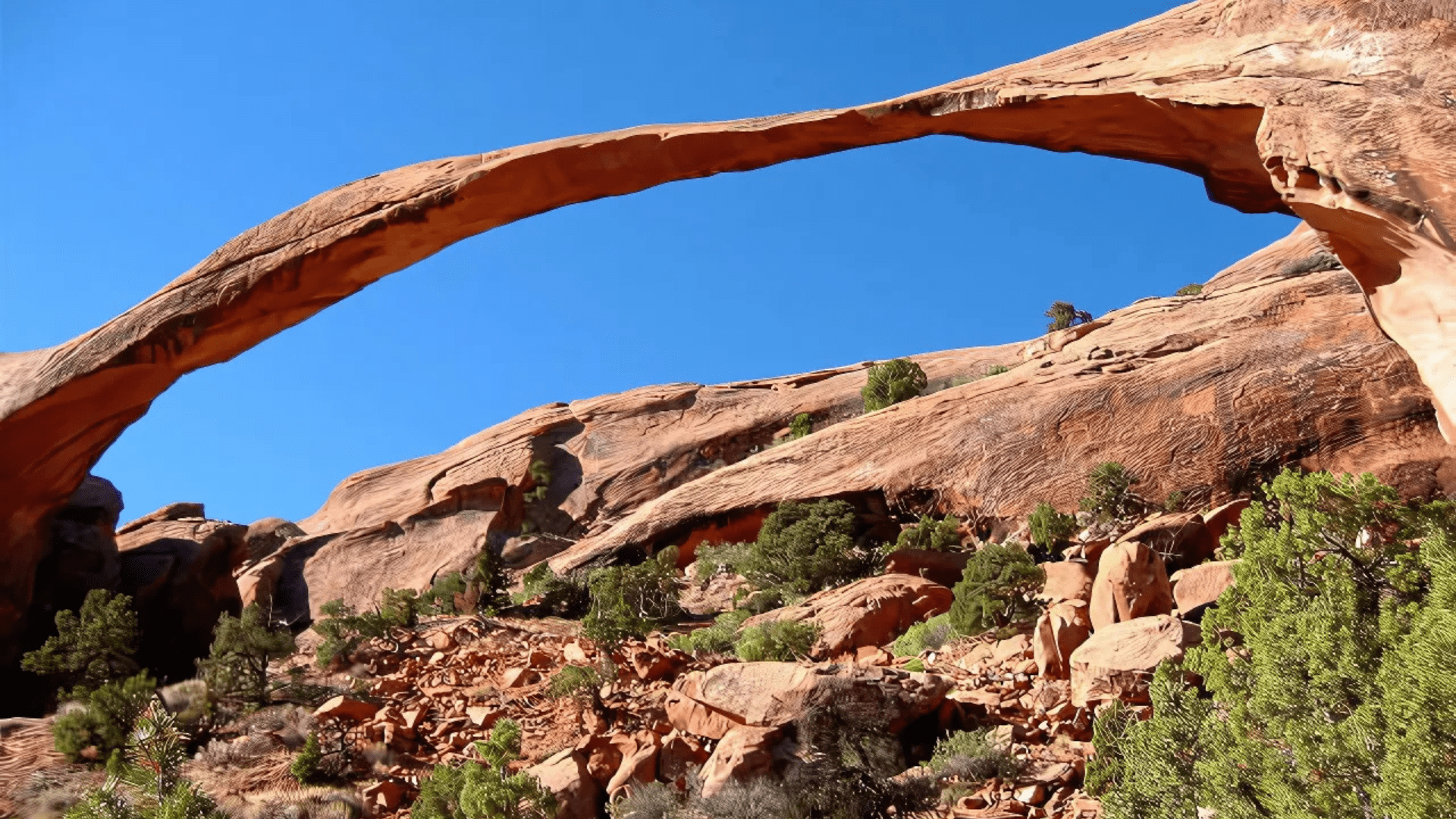
SOURCE: CLIMBUTAH
| Difficulty Level: Easy to difficult (depends on distance) | Estimated Time: 1-4 hours |
| Distance: 1.6-7.2 miles round-trip | Elevation Gain: 200-350 feet |
This trail system offers multiple hiking options in one location. The main path leads to Landscape Arch, the longest natural arch in North America.
Beyond Landscape Arch, the trail becomes more challenging with rocky scrambles. Hikers can continue to Double O Arch for an extended adventure.
The terrain shifts from packed dirt to technical rock navigation.
3. The Windows Section

SOURCE: NATIONALPARKSERVICE
| Difficulty Level: Easy | Estimated Time: 30-45 minutes |
| Distance: 1 mile round-trip | Elevation Gain: 140 feet |
These short loops make perfect family-friendly hikes connecting North and South Windows with Turret Arch. Paved and well-marked paths lead to three distinct arches that kids can easily handle.
The area provides excellent sunrise and sunset viewing opportunities. Both Windows frame the La Sal Mountains in the distance beautifully.
4. Fiery Furnace
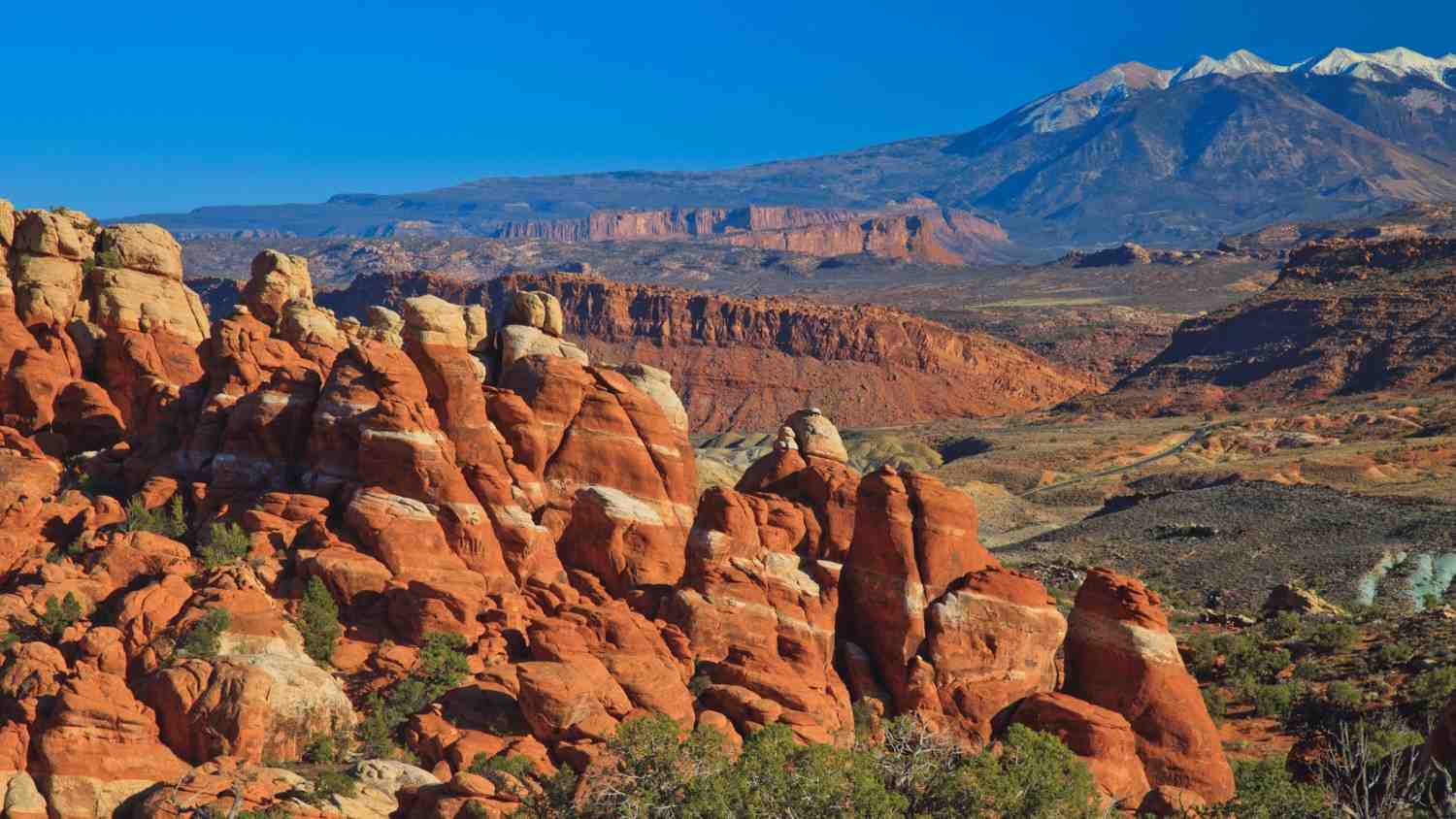
SOURCE: WIKIPEDIA
| Difficulty Level: Moderate to Difficult | Estimated Time: 3 hours with a guide |
| Distance: 3 miles round-trip | Elevation Gain: 200 feet |
This maze-like area requires advanced reservations and guided tours through narrow slot canyons. Rangers lead groups through hidden passages involving climbing over rocks and squeezing through tight spaces.
Self-guided permits are available but recommended only for experienced hikers. The complex terrain makes getting lost a real possibility without proper navigation skills.
5. Park Avenue Trail
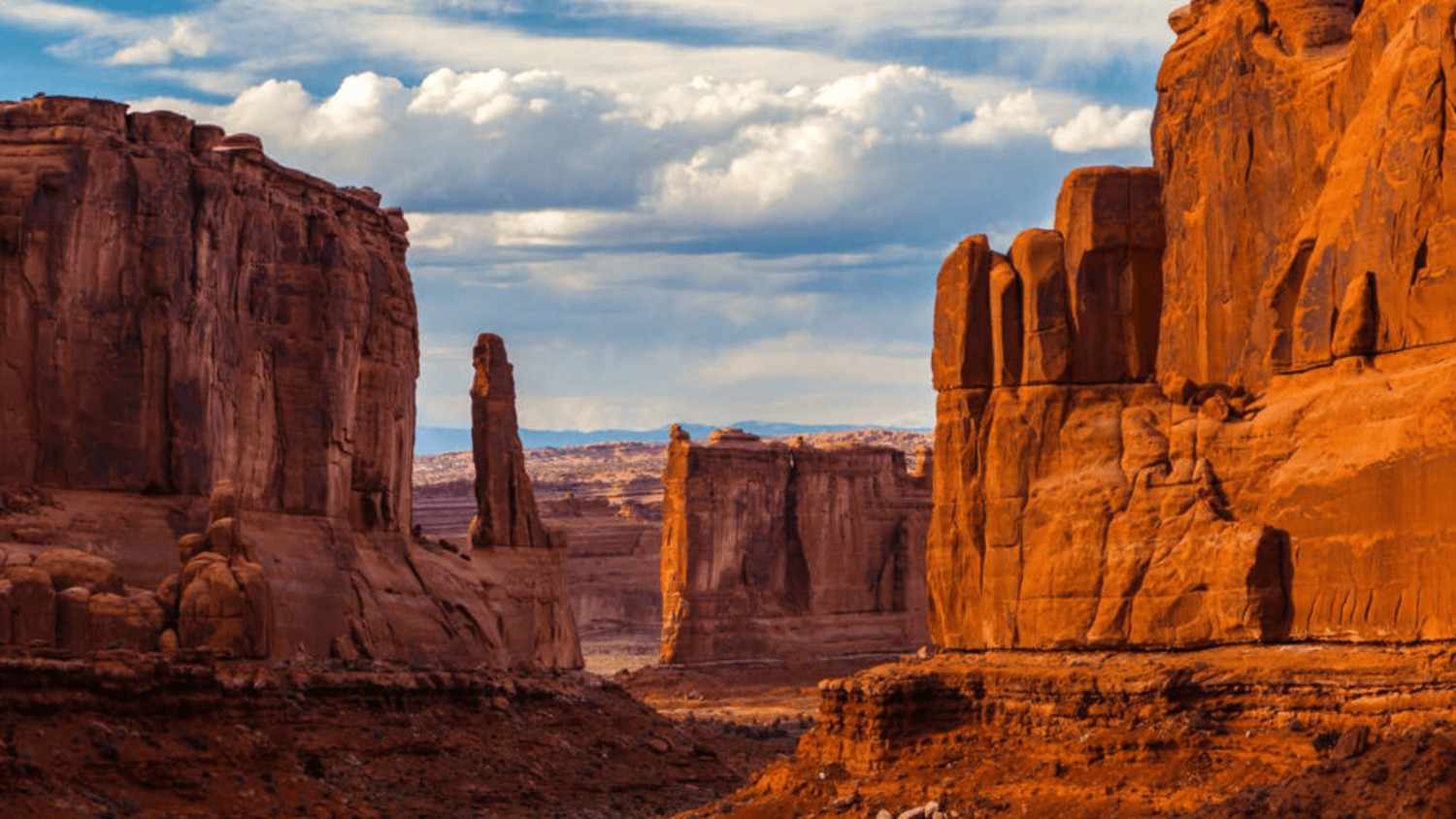
SOURCE: UTAH
| Difficulty Level: Easy | Estimated Time: 45-60 minutes |
| Distance: 1 mile one-way (2 miles round-trip) | Elevation Gain: 320 feet downhill |
This gentle downhill walk showcases towering sandstone walls following a natural corridor between massive rock formations. The path offers constant shade from surrounding cliffs, making it comfortable during warmer parts of the day.
First-time visitors often choose this trail for its accessibility and dramatic canyon views. The trail provides an excellent introduction to the park’s geology.
Now that you know about hikes in detail, let’s get into what to pack for these hikes.
Essential Packing List for Your Arches Adventure
Proper preparation makes the difference between a memorable hike and a miserable experience. The desert environment of Arches National Park presents unique challenges that require specific gear.
Temperature swings can reach 40 degrees between day and night. The high-altitude desert sun is intense year-round. Rocky terrain demands sturdy footwear and safety equipment.
Use this comprehensive packing checklist to ensure you’re ready for any trail condition.
Must-Have Hiking Gear
- Sturdy hiking boots or trail shoes – Protect feet from sharp rocks and provide ankle support on uneven terrain.
- Trekking poles – Help with balance on slickrock surfaces and reduce knee strain during descents.
- Breathable, moisture-wicking clothing – Keeps you dry and comfortable in desert heat while preventing overheating.
Safety & Navigation Tools
- Topographic map or GPS device – Cell service is limited throughout the park; backup navigation prevents getting lost.
- Headlamp with extra batteries – Essential for early morning starts, late returns, or unexpected emergencies.
- First-aid kit with blister care – Treats minor injuries and prevents small problems from becoming serious issues.
Hydration & Nutrition Essentials
- Refillable water bottles or hydration packs – Recommended, as desert hiking requires at least 1 liter per 2 hours of activity.
- Electrolyte supplements – Replaces essential salts lost through sweating in the dry climate.
- Lightweight, high-energy snacks – Maintains energy levels on longer trails without adding excessive pack weight.
Protection from the Elements
- Wide-brimmed hat & sunglasses – Shields face and eyes from intense high-altitude sun exposure.
- Sunscreen & lip balm with SPF – Prevents painful burns on exposed skin at desert elevations.
- Lightweight rain jacket or windbreaker – Protection from sudden weather changes and strong desert winds.
Pack strategically by choosing multi-purpose items whenever possible. Weight matters when scrambling over sandstone formations for hours.
Test your equipment before departure. Breaking in new boots at home prevents painful blisters on the trail.
Double-check battery levels in electronic devices. The remote location offers no opportunity to replace dead equipment during your hike.
Additional Hiking Tips for Arches National Park
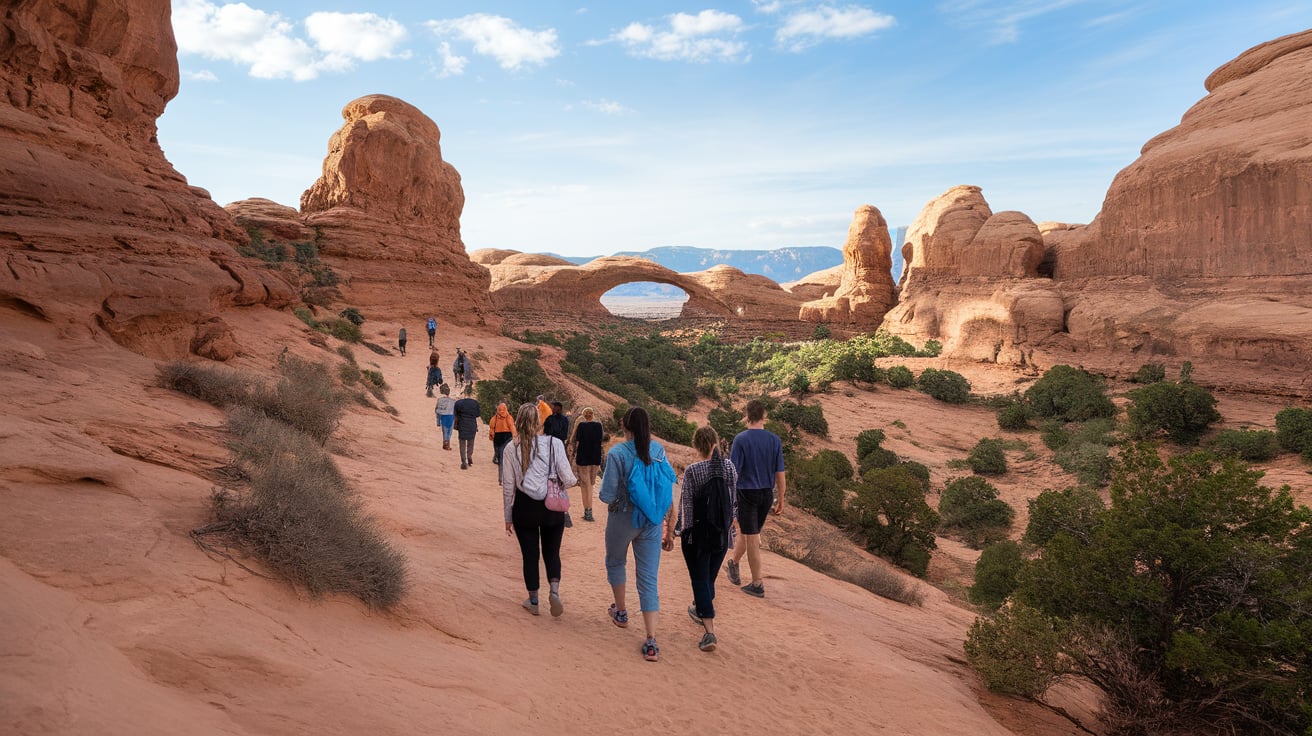
Smart hiking strategies help you stay safe and comfortable in this unique desert environment. These practical tips address the most common challenges visitors face.
Follow these guidelines to protect both yourself and the park’s fragile ecosystems.
- Start early to beat the desert heat – Begin hikes before 8 AM when temperatures are coolest and parking is available.
- Take frequent shade breaks – Rest under rock overhangs or bring a lightweight umbrella for instant shade during longer trails.
- Stay on marked trails to protect fragile soil crusts – Stepping off paths destroys biological soil that takes decades to regenerate.
- Pack out all trash, including food scraps – Even organic waste like orange peels and banana skins harms desert wildlife and ecosystems.
- Arrive before 9 AM for guaranteed parking – Popular trailheads fill up quickly, especially Delicate Arch and Fiery Furnace lots.
- Use the park shuttle during peak season – Free shuttle service connects major trailheads and reduces parking stress from March through October.
Conclusion
These best hikes in Arches National Park that offer something special for every outdoor enthusiast.
Whether you choose the moderate challenge of Delicate Arch or the family-friendly Windows Section, you’ll create lasting memories.
Remember to pack smart for desert conditions. Start early to avoid crowds and heat. Stay on marked trails to protect this fragile environment for future generations.
Your Arches adventure awaits, but proper preparation makes all the difference. Check current trail conditions and weather forecasts before heading out.
Ready to scour Utah’s most iconic natural sculptures?
Start planning your trip today and book accommodations early, especially during peak spring and fall seasons.
What trail are you most excited to tackle first? Share your Arches hiking plans in the comments below. We’d love to hear about your desert adventure!

